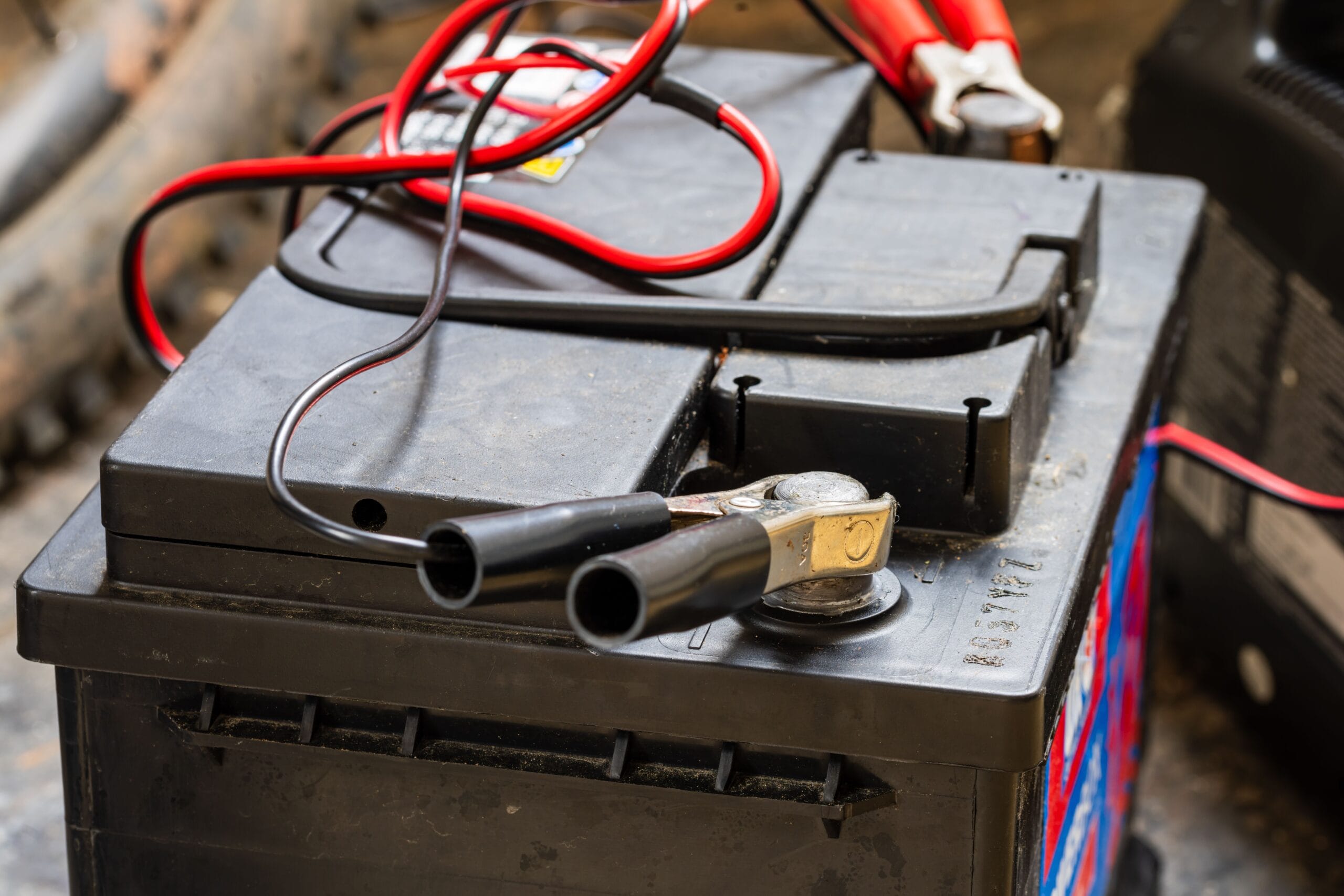
A dead or weak battery is one of the most common reasons your car won’t start, forcing you to be stranded especially when you are in a hurry. Jumpstarting your car battery is a lifesaving trick when you encounter these situations, however, it’s important to know how to do it without causing damage to your vehicle and possibly injure you too.
Things like these are very important in Malaysia as you will sometimes find a lack of roadside assistance on the highway, where sometimes the traffic conditions add more to your stress while waiting for help.
What You Need to Jumpstart a Car
Before you even try jumpstarting your car, verify that you have all you need and be sure to take some of these safety measures:
- Jumper Cables: A good pair of high-quality jumper cables with clearly marked red positive (in+) and black negative (out-) clamps should be a part of your travel system.
- Another Vehicle: You will need a functioning car with a fully charged battery or a portable jump starter to help provide the power required.
- Safety Gear: Thick gloves and eye protection will protect you from battery acid and sparks.
- Pre-check: Examine the battery of the dead car for cracks, leaks or any visible damage before you jumpstart. If you see any damage, do not continue with the jumpstart.
Jumpstarting Your Car: A Step-by-Step Guide
Preparation
- Start by parking the two cars near each other with the car batteries close enough for your jumper cables to be connected, but make sure that both cars are not touching.
- Then, make sure both cars are completely turned off and engage the handbrakes on each to prevent the cars from accidentally moving.
- Make sure you’ve located the positive terminal (+) and negative terminal (-) on both car batteries properly. The positive terminal is usually marked in red, and the negative terminal is marked black.
Step 1: Attach the Jumper Cables
- Red Clamp to Dead Battery: Connect one end of the red jumper cable to the positive terminal on the dead battery.
- Red Clamp to Good Battery: Connect the other red terminal to the positive end of the functioning battery.
- Black Clamp to Good Battery: The black clamp attaches to the negative terminal on the good battery.
- Black Clamp to Ground: Clamp the remaining black clamp to a bare metal surface, the unpainted part of your dead car’s engine block or chassis. This minimises the chances of sparking around your battery.
Step 2: Start the Working Car
Start the motor of the donor vehicle and let it run for a few minutes. This should give the dead car’s battery enough time to charge a little.
Step 3: Start the Dead Car
After idling the working vehicle for a few minutes, try to start the dead car. If it won’t start after a few tries, you may have an issue with your battery or alternator, and it may be time to call in the professionals.
Step 4: Remove the Jumper Cables
After you jumpstart the dead car, once it is running safely, disconnect your cables in the reverse order:
- The first step is to take the black clamp off the metal surface of the dead car.
- Then, take the black clamp off the good battery.
- Next, take the red clamp off the good battery.
- Remove the red clamp from the dead battery last.
- As you remove them, make sure the cables do not contact one another or any metal parts in the area to avoid sparks.
Common Mistakes to Avoid When Jumpstarting
There’s more to starting a car than hooking up some cables; there are plenty of things that can go wrong which you should watch out for:
- Not Inspecting the Battery: Always examine the battery for visible damage, including cracks and leaks. Batteries can be hazardous when damaged and may explode.
- Wrong Cable Connection: Make sure the positive and negative clamps are on the correct terminals. Incorrectly connected wires can destroy your vehicle’s electrical system.
- Not Grounding the Negative Clamp: The negative clamp should always be attached to a bare metal part, away from the battery, to reduce sparking near the battery.
- Jumpstarting Too Early: Do not be too eager to start the dead car. Wait a bit to charge it up, as too early of a start can cause unnecessary strain on both batteries.
- Incorrect Cable Management: Ensure the cables don’t hang near the battery as you start, they might hit other metal parts and create a spark.
What if Jump Starting Won’t Work?
If the dead car fails to start following a proper jump, you may have more serious problems in your car’s electrical system. Here’s what you can check:
- Alternator Problems: When the alternator is faulty, it will not charge your car’s battery properly, even if you jumpstart it.
- Starter Issues: A damaged starter can also prevent the car from starting.
- Electronic Control Unit (ECU): Sometimes, a malfunctioning ECU can prevent the engine from starting.
If the issue persists, consider taking your car to a mechanic for diagnosis or contacting roadside assistance. Most Malaysian roadside assistance services offer jumpstart help, so it’s a good idea to keep their contact number handy.
Conclusion
Jumpstarting your car is an important skill that can save you in a pinch, but it’s important to follow the steps properly in order to avoid injury and further damage. Don’t forget to carry jumper cables or a portable jump starter in your vehicle for emergencies on the road. Preparedness will allow you to deal with unpredictable happenings more efficiently, particularly in a country like Malaysia, where help may take time to arrive.
By following these simple steps, you can quickly and safely jumpstart your car and be back on the road in no time!